The 10 Coolest New Networking Products Of 2021
Fueled by the pandemic and the need for digitalization, businesses are adopting new technologies more rapidly than ever before to address the work-from-home trend, smaller office settings and demand for cloud applications. Here are 10 of the coolest new networking offerings that gained traction in 2021.

The New Networking Game
The networking industry was jolted by the COVID-19 pandemic, which lit a fire under then-emerging IT trends such as work-from-home, Secure Access Service Edge (SASE), 5G and Wi-Fi 6. It’s safe to say that businesses are adopting new technologies faster now than in years past.
Network automation and cloud-based platforms took precedence as companies and solution providers looked for new tools that would simplify life for their IT teams and free up their day-to-day routines to focus on more strategic IT operations. Some of the largest vendors that have historically targeted the enterprise began to branch out and develop offerings for smaller environments and small to midsize companies that are revamping their office infrastructure and setups in light of the changing working dynamic. Driven by trends like cloud and digitalization, enterprises are more interested now than ever before in adopting multi-cloud networking and SASE offerings, which are at “peak hype” and experiencing real-world adoption in 2021, according to research firm Gartner.
Leading networking vendors and newer born-in-the-cloud startups rose to the occasion with cloud-first, automation-heavy offerings, products to harness new forms of connectivity, and offerings that targeted branch offices, remote users and SMB environments. With many options on the market to choose from this year, here are 10 of the coolest networking products of 2021.
For more of the biggest startups, products and news stories of 2021, click here.
Read the newest entry: The 10 Hottest Networking Products of 2022
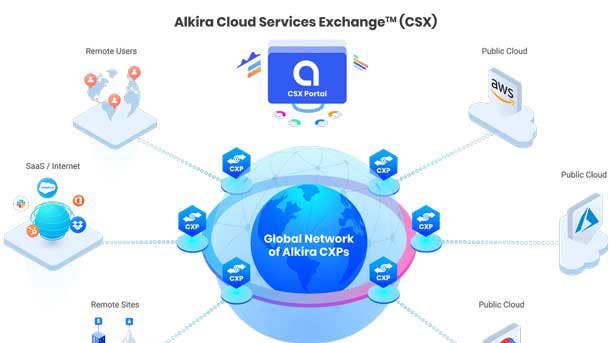
Alkira Cloud Services Exchange
Cloud Networking-as-a-Service startup Alkira emerged from stealth mode in 2020 and with it came its Cloud Services Exchange (CSX), a unified, on-demand offering that lets cloud architects and network engineers build and deploy a multi-cloud network in minutes. Alkira CSX offers cloud networking in an as-a-service format with the flexibility to turn services on and off as the business requires, with no up-front Capex purchase necessary.
The San Jose, Calif.-based company in November said it would be working with Exclusive Networks to make Alkira CSX available through Exclusive’s partners in 40 countries across five continents.
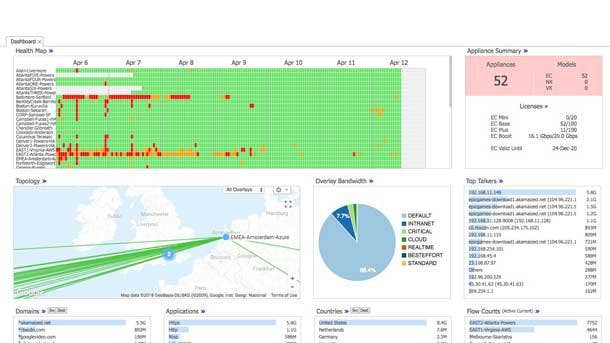
Aruba EdgeConnect Microbranch
Aruba, a Hewlett Packard Enterprise company, is targeting small offices and home users with its EdgeConnect Microbranch networking offering for hybrid work environments. Introduced in December, EdgeConnect Microbranch gives remote users all the traditional services that in-office workers receive through a single Wi-Fi access point, with no gateway, agent or additional hardware required. EdgeConnect Microbranch is part of the Aruba Edge Services Platform (ESP), which also now includes SD-WAN services from the company’s Silver Peak purchase so that home workers also have access to strong connectivity, security and zero-touch on-boarding experiences, no matter where they are located, according to the San Jose, Calif.-based networking specialist.
The Aruba EdgeConnect Microbranch offering is now available in early access and will be generally available in March 2022 for any AP running ArubaOS 10 with a Foundation AP License, the company said.
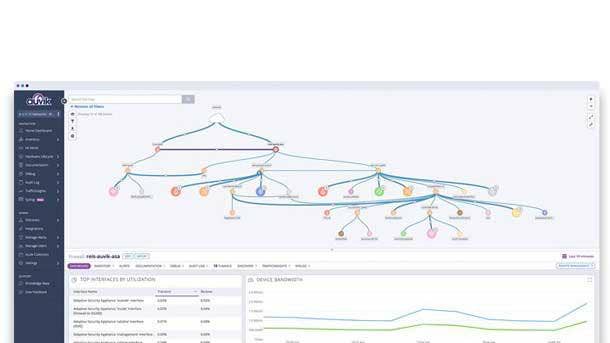
Auvik Cloud-Based Network Management
Auvik Networks, a fast-growing company that specializes in cloud-based network management software, comes to the table with its network monitoring and management software that gives IT teams more visibility and control over their environments from a unified dashboard, according to the Waterloo, Ontario-based company.
The Auvik platform lets businesses automate network visibility and IT asset management, as well as configuration backup and recovery. The offering is relied on by many MSPs around the world that are looking to manage business risk, grow revenue and, in turn, strengthen relationships with their customers, the company said.
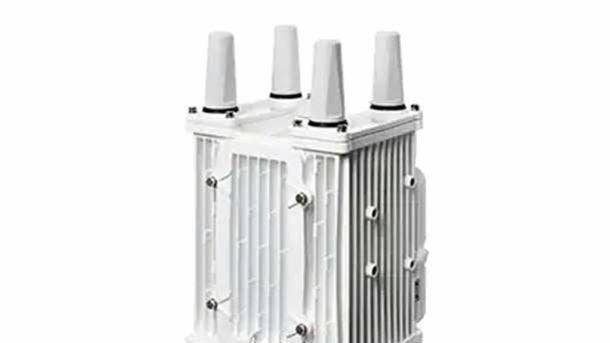
Cisco Catalyst Cellular Gateway Series
In January, Cisco Systems grew its Catalyst 8000 Edge and cellular gateway product line. Specifically, the Catalyst Cellular Gateway series was updated to support 5G, which makes the product competitive with other offerings.
The Catalyst Cellular Gateways were first introduced as a series of small devices that give customers a simple way to connect to 4G LTE without changing their existing infrastructure. The Catalyst Cellular Gateways can be used as a cellular backup option or a primary SD-WAN link for locations without wired connectivity. The Catalyst Cellular Gateway 5G includes SD-WAN and can give customers the highest connectivity speed at a lower price point, which helps them meet the growing throughput demand of the branch, according to Cisco.

Cradlepoint E100 Series Enterprise Routers
Wireless specialist Cradlepoint this fall revealed updates to its E100 Series Enterprise Router line to meet the new connectivity, security and IT management requirements of the work-from-anywhere era and thousands of employees, according to the Boise, Idaho-based company.
The upgraded E100 wireless edge router includes a faster LTE cellular modem that has double the downlink speeds for added performance and triple the uplink speeds to support demanding applications such as videoconferencing. The E100 is now shipping in the U.S. and Canada. The new E102 wireless edge router is designed to accommodate international certifications and standards. It features the same, faster LTE modem as the E100, the company said. The E102 launched in November.
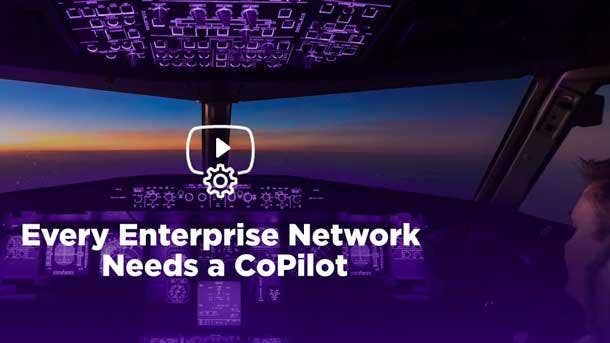
Extreme CoPilot
Networking giant Extreme in May announced a public beta of CoPilot, a subscription offering within its ExtremeCloud IQ platform that will provide “explainable” artificial intelligence to help enterprises identify and solve complex IT issues. ExtremeCloud IQ CoPilot is “relentlessly calibrated” against a variety of negative test cases and is 99 percent false-alarm-free, which allows IT teams to trust the validity of recommendations and spend less time on manual reviews, according to the San Jose, Calif.-based company.
ExtremeCloud IQ manages more than 1.6 million network devices each day and counting. The public beta ends at the end of 2021 with new features to follow after that, Extreme said.
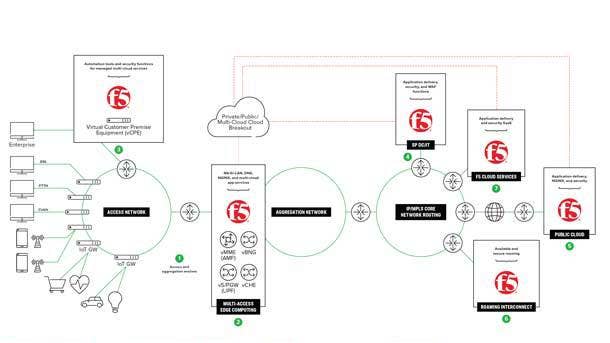
F5’s 5G Portfolio
Formerly known as F5 Networks, F5 in 2020 rolled out its 5G portfolio with the introduction of two products: Big-IP Service Proxy for Kubernetes (SPK) and Carrier-Grade Aspen Mesh, two infrastructure offerings that can support the deployment and operation of cloud-native 5G stand-alone core networks, according to the company.
SPK, which acts as a gateway in and out of Kubernetes environments, offers broad 4G and 5G signaling protocols support that allows service providers to transition to 5G while also maintaining existing 4G services, customers and billing systems. SPK also provides a per-service secure proxy and Kubernetes cluster firewall for control and protection for inter-cluster traffic flowing into and out of the core 5G services, and it automates Kubernetes service discovery and policy configuration for reduced complexity. Aspen Mesh offers observability, application performance, security and control for traffic visibility within and between Kubernetes clusters.
The Seattle-based company in November rebranded itself by dropping “Networks” from its name, reflecting its growing focus on delivering and securing applications.
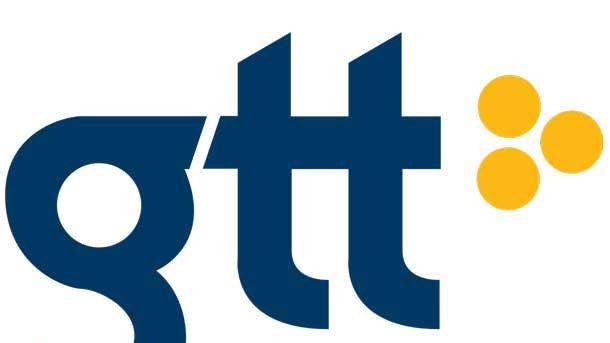
GTT SASE, powered by Palo Alto Networks
Multinational telecom provider GTT Communications in November said it was kicking off a partnership with security giant Palo Alto Networks on a brand-new managed SASE offering.
The new GTT SASE platform uses Palo Alto Networks’ Prisma Access, the company’s cloud-delivered security platform, to deploy a set of security features into a single cloud-based platform that protects all application traffic. The platform offers connectivity to GTT’s global Tier 1 network for high levels of application performance and user experience for customers, and the integrated networking and security functions will reduce complexity for businesses looking to adopt a zero-trust network access approach, according to the two companies.
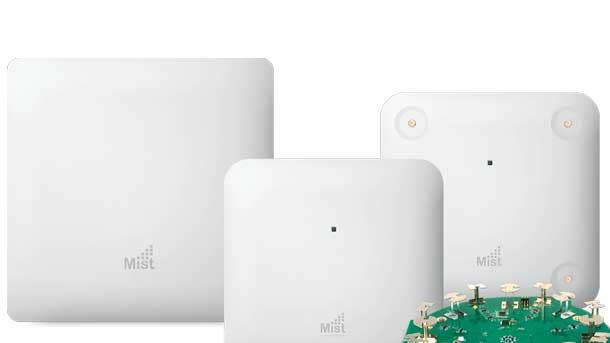
Juniper Wi-Fi6E AP Line
Juniper Networks in November introduced two Wi-Fi 6E-capable access points (APs), the first Wi-Fi6E (extended) offerings from the company. WI-FI-6E, also known as 802.11ax, operates in the 6GHz band, which was opened in 2020 by the Federal Communications Commission for unlicensed use in the U.S. The new APs will give businesses more capacity and increased channel width, the company said.
The new AP45 combines the virtual Bluetooth LE (vBLE) technology of Juniper’s existing AP43 to the 6GHz band for enterprises that need enhanced location services. The new AP34 includes omnidirectional Bluetooth antenna technology to automate network operations and boost Wi-Fi performance for devices on the network, according to the company.
The two new APs join Juniper’s existing 2.4/5GHz APs, which support 802.11ac and 802.11ax protocols. All APs are managed via Juniper’s Mist cloud and AI platform.

Rockport Networks Switchless Network Architecture
Data center networking startup Rockport Networks emerged from stealth mode in 2021 with commercial availability of its switchless network architecture that can provide customers with the performance and scalability necessary for demanding computing workloads, such as high-performance computing technologies, artificial intelligence and machine learning. Rockport Networks said its switchless offering can deliver an average of 28 percent reduction in workload completion times under load and a 3X decrease in end-to-end latency compared with traditional networks.
The Ottawa, Ontario-based company said its new architecture breaks decades of switch-intensive networking tradeoffs, allows for elastic scale and simplifies operations required for performance-hungry data centers.